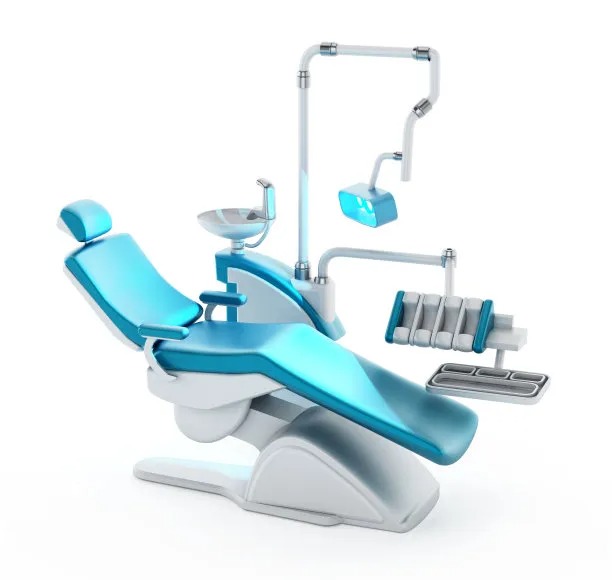The Essential Guide to Extracting a Tooth Safely and Minimizing Discomfort for Optimal Dental Health
Summary: Extracting a tooth can be a daunting experience, but understanding the process can significantly ease anxiety and enhance comfort. This essential guide delves into the key aspects of tooth extraction, including preparation, the extraction procedure, post-extraction care, and how to minimize discomfort. By following best practices in each of these areas, patients can ensure not only a safer experience but also an optimal recovery for better dental health. With proper knowledge, patients will feel more confident and informed, allowing for a smoother journey through tooth extraction.
1. Preparing for a Tooth Extraction

Preparation is crucial for a successful tooth extraction. The first step involves consulting a qualified dentist who can evaluate the tooth and recommend whether extraction is necessary. During this consultation, the dentist will take X-rays, discuss medical history, and outline the procedure, giving the patient a clear understanding of what to expect.
Once the procedure is deemed necessary, patients should follow specific instructions provided by the dentist. These may include avoiding certain medications, particularly blood thinners, and not eating or drinking for a specified period before the extraction. Proper preparation minimizes the risk of complications and ensures a smoother process.
Additionally, it’s essential for patients to arrange for someone to drive them home after the procedure. Depending on the anesthesia used, some individuals may feel drowsy, making transportation challenging. Planning ahead in this manner significantly reduces stress on the day of the extraction.
2. Understanding the Extraction Procedure Steps
On the day of the extraction, the dentist will administer appropriate anesthesia to ensure that the patient remains comfortable and pain-free throughout the procedure. This may involve local anesthesia to numb the specific area or sedation options for those with heightened anxiety. The choice of anesthesia depends on the complexity of the extraction and the patient’s comfort level.
After anesthesia is administered, the dentist will carefully extract the tooth using specialized tools. The extraction process involves loosening the tooth and then removing it gently from its socket. The dentist will take care to minimize trauma to the surrounding gums and bone to aid in quicker recovery.
Once the extraction is complete, the dentist will place gauze over the extraction site to help control bleeding. Clear post-operative instructions will be provided, which are essential for promoting healing and reducing the risk of complications like dry socket.
3. Post-Extraction Care and Management
Proper post-extraction care is vital for minimizing discomfort and promoting optimal healing. Patients should follow the dentists instructions regarding care, including how to manage bleeding and pain. Generally, biting down gently on gauze for about 30-45 minutes can help control bleeding effectively.
Over-the-counter pain medication can be beneficial in managing discomfort in the first few days after the extraction. Dentists often recommend non-steroidal anti-inflammatory drugs (NSAIDs), which can help alleviate pain and reduce swelling. Patients should always follow dosing instructions provided by their dentist or on the medication packaging.
Additionally, patients are advised to take it easy for the first 24-48 hours following the extraction. Activities such as vigorous exercise, smoking, or using straws should be avoided, as they can dislodge the blood clot and delay healing. A soft food diet is recommended to prevent irritation to the extraction site.
4. Minimizing Discomfort During the Process
Minimizing discomfort during and after a tooth extraction is a priority for both the dentist and the patient. Before the procedure, its crucial for patients to communicate any concerns or anxiety levels with their dentist. This open dialogue can lead to personalized strategies for managing anxiety, possibly including sedation options.
During the extraction, the use of effective anesthesia is key to ensuring a pain-free experience. Dentists should continually check in with their patients about their comfort levels, making adjustments as necessary to the anesthesia to ensure adequate relief.
In terms of post-extraction care, icing the cheek can significantly reduce swelling and discomfort. Ice packs applied to the outside of the cheek, in 15-minute intervals, can provide immediate relief. Following these strategies will help to minimize discomfort and promote a swift healing process, allowing individuals to return to their regular routines more quickly.
Summary:
This guide has explored essential aspects of extracting a tooth safely while minimizing discomfort. From preparation to post-extraction care, each step is pivotal for ensuring an optimal dental health outcome. Understanding these factors enable patients to approach the extraction process with confidence while maintaining comfort.
This article is compiled by Vickong Dental and the content is for reference only.



